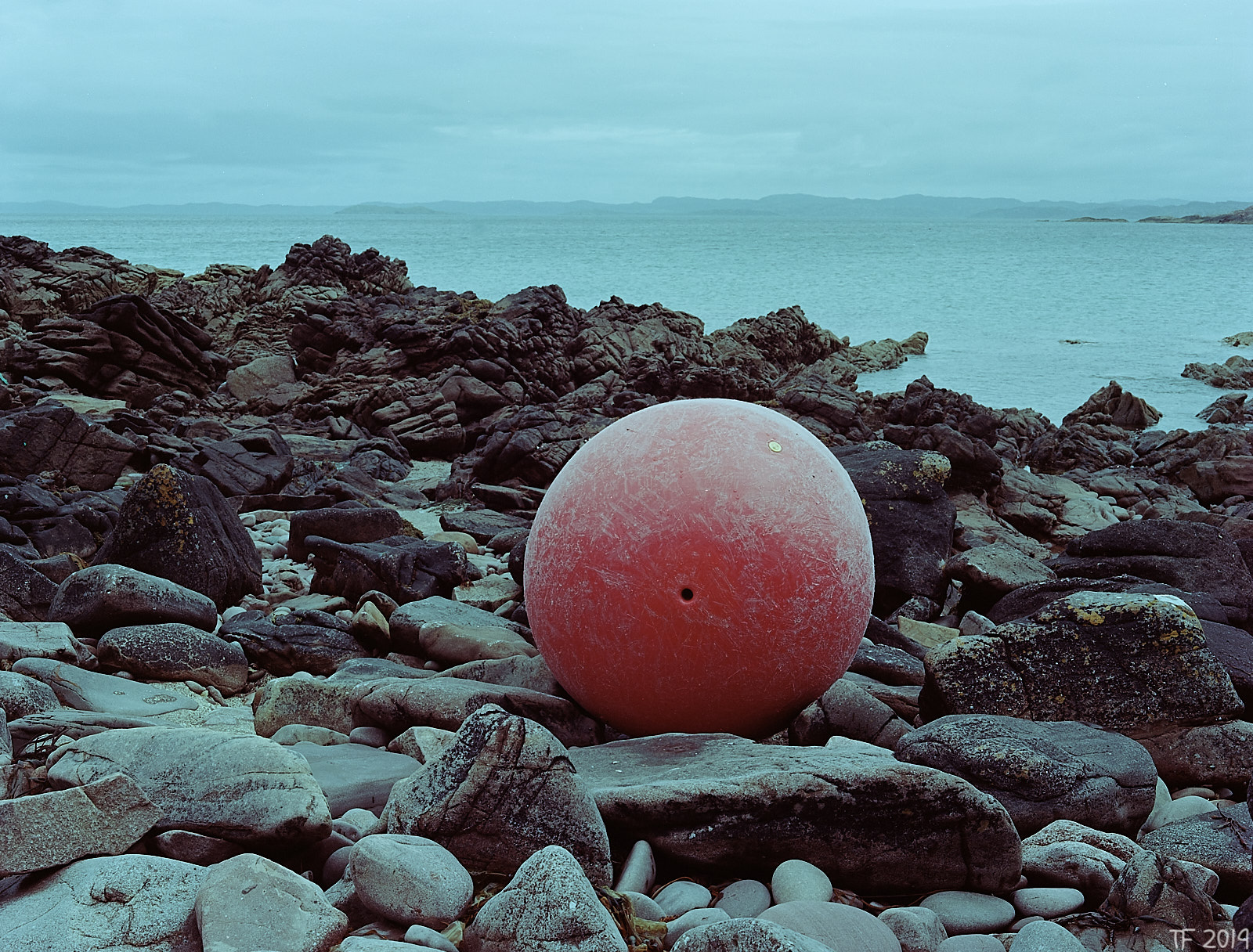Scotland the Invisible

All in all 2019 wasn’t a bad year by any means, but nevertheless, for a variety of reasons I needn’t to bore you with, it sticks in mind as a year of journeys unrealised and photographs untaken, of unfinished business and, not least, a year of blogs unpublished. Free time was harder to find, and even harder to set aside.
As such I was reluctant to waste my life on long car journeys, and much of my time outdoors was spent exploring what I call ‘The Invisible Places’: places without an obvious charisma to merit our closer attention, places I’d not usually think of visiting (and nobody else seems to either). Spots that perhaps caught my attention reading a map knowing I had no more than three hours to spare, or ones that I got curious about in years gone by from the window of the car going some place officially worthy. Or just somewhere I found myself in for whatever other reasons.
I suspect that to the contemporary adventurer this might sound sad, for such places offer limited opportunities to deploy all that necessary paraphernalia a serious outdoor person can’t be seen without. Nor do they promise to offer a suitable backdrop for the jaw dropping audiovisuals our modern day heroic deeds require. But in fact these little ventures not only brought me lot of pleasure, but turned out to be a bit of an eye opener.
I watched eagles soar and listened to the noiseless flight of owls. There were curlews and snipes, ravens and snow buntings. I had my coffee and pieces by the most picturesque of streams, came across stunning gorges in the unlikeliest of places, seen waterfalls that by their size and majesty can compete with any in the land, yet you will find in no guide book (and I, for sure, ain’t telling).
These little outings made me realise that there is much more to this land of ours than the Glencoes, the An Teallachs, the Lairig Ghrus. And at the same time I came to see that the perceived beauty of this land, the one that we get from the places where award winning photographs are made and faked, the places our outdoor culture revolves around, where the influencers make their money, and hence campaign for, that beauty is but skin deep.
For I have also seen feed buckets in the pretties of streams and would have dared to drink from none. There were giant tyres right by ‘Please Take Your Litter Home’ signs, and washing machines at the bottom of dramatic ravines. Quaint beaches decorated by discarded fishing nets and fish farm detritus; I marvelled over decomposing cars in the middle of postcard vistas.
Strongbow tinnies abounded, and along side them I collected enough balloons to have a party of my own. I have, I kid you not, stumbled on a half a shotgun buried deep in a river bed, and lost count of the land wrecked by hoofs, bulldozers and forestry machinery; of bogs churned up by the argocats of hunters too posh to walk.
And so, reluctantly, I came to see that this, not the other, is the real Scotland. That for over two decades my preoccupation with the other, the tourist honeypots, blinded me to the sorry state most of this land is really in. If you only stop and listen, you can hear it groaning, praying for redemption.
There is lot of talk of Climate Change and C02 reduction, but that’s only half of the picture. We are facing a second, equally serious, existential crisis in a rapid loss of biodiversity, an issue that is not getting enough practical attention. And, unfortunately, biodiveristy is at times directly at odds with the steps we take to address Climate Change (e.g., in Scotland we are obsessed with the expansion of renewables, which invariably come at the loss of habitat; this will get worse with growing adoption of electric vehicles).
But the real problem is not so much that renewables are encroaching on biodiversity (though better checks and balances are needed, and the Scottish Government appears to be failing to see the bigger picture here), but rather that the land as a whole is in a very poor ecological condition to start with, because for a very long time we have collectively not given a crap. What is needed is a radical, nation wide, program of rapid ecological restoration, e.g., along the lines of the Land Stewardship model proposed two and half years ago by the Scottish Wildlife Trust. Yet this is not happening, isn’t even on the distant horizon.
The state of the land reflects how we, as a nation, really feel about it, and the fact that we are dragging our feet doesn’t say much for us. Go and see for yourself, you might be surprised at what you find.
P.S. The tile image is called Ceci n’est pas une microbead, and is not from one of the ‘invisible’ places.